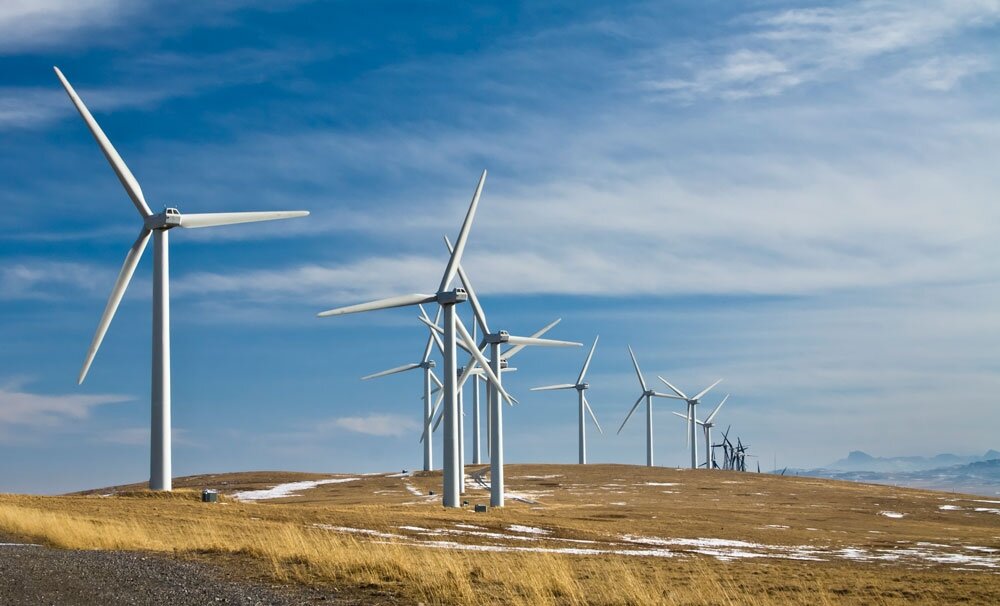Protecting our environment while growing our economy
The Trans Mountain expansion grows our economy, protects good jobs and supports environmental action. It is the first time a Canadian pipeline has been paired with actions to reduce greenhouse gas emissions.
Expanding Trans Mountain supports Canada’s climate plan
The Trans Mountain Pipeline expansion funds green investments, shifts the transportation of oil away from more carbon intensive methods like rail or truck, and provides a bridge to a greener tomorrow.
The project is a key element that will help achieve the goals set out in:
-
Alberta’s Climate Leadership Plan
-
Pan-Canadian Framework on Clean Growth and Climate Change
-
Canada’s agreement to reduce global greenhouse gas emissions under the United Nations Paris Agreements
One of the conditions for federal government approval of the Trans Mountain expansion project was Alberta’s Climate Leadership Plan – the most comprehensive and ambitious climate change strategy in North America. Prime Minister Trudeau was clear when he said “We could not have approved this project without… Alberta’s climate leadership plan.”


Alberta's climate leadership plan
The Alberta plan includes the complete phase out of coal-generated power, a $30 per tonne price on carbon pollution and an emissions cap for the oil sands – a first for an oil producing jurisdiction.
Alberta’s price on carbon directly funds green initiatives in the province, including cleaner power generation, energy efficiency and innovation.
This climate plan relies on the economic activity the Trans Mountain expansion creates. Failure to expand the pipeline would limit future plans to protect the environment and transition to greener energy sources. Without the revenue from the expansion, there would be less funding available to meet global and national climate goals, and to develop our clean energy industry.
Learn more about Alberta's .
Share
the facts

Supporting Canada’s commitment to the United Nations Paris Agreement
Canada has committed to reduce its greenhouse gas emissions by 30% by 2030.
The expansion of the Trans Mountain pipeline was considered when planning to meet those targets. The federal government has designated funds to help provinces, territories, First Nations and municipalities reduce their carbon footprint and contribute to the national goal.
Alberta, through its Climate Leadership Plan, is reducing greenhouse gas emissions to help meet that national goal.
Coal power – the source of the majority of Alberta’s power generation in 2015 – will be entirely phased out by 2030. Emissions of methane gas – an even more destructive greenhouse gas than CO2 – will be reduced by 45% by 2025. The province is making major investments in renewable energy and energy efficiency.
The Trans Mountain Pipeline expansion project facilitates that action. It was determined to be in the national interest, not only because of the economic benefits it will generate for Canada, but also for the important role it plays in meeting the country’s environmental goals.

Growing the economy and protecting the environment go hand in hand
Developing the economy and protecting the environment are two things that can happen side by side – without choosing one over the other. Approval of the Trans Mountain expansion was paired with action on climate change and a $1.5 billion national Oceans Protection Plan to improve marine safety.
A climate change plan that ignores the needs of working Canadians or an economic plan that overlooks climate change puts the country at a disadvantage.
Alberta’s Climate Leadership Plan, which has the support of major oil sands producers, is bold action in support of the idea that we can – and must – fight climate change while protecting the livelihoods of working Canadians.
Get updates in your inbox.
